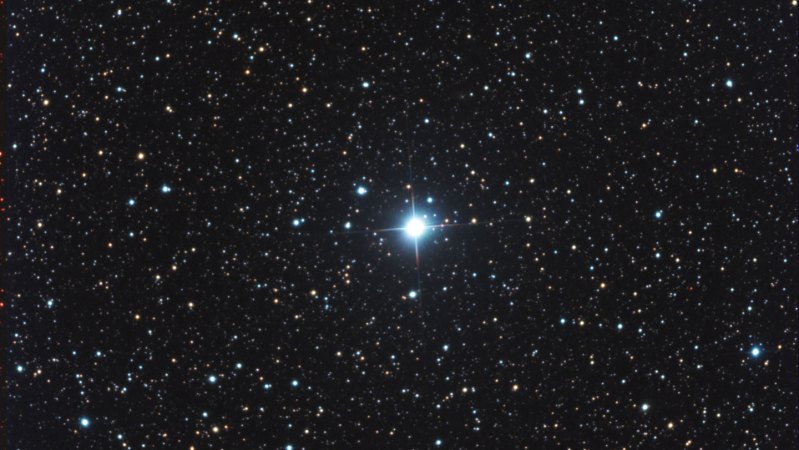In a celestial event that has captivated astronomers and stargazers alike, two rare exploding stars, V462 Lupi and V572 Velorum, are currently visible from the Southern Hemisphere. While these stellar phenomena are best observed from locations such as Australia and South Africa, one of the stars has also been spotted from the United States, offering a unique opportunity for enthusiasts in the Northern Hemisphere.
The appearance of these two novae is a significant event in the astronomical calendar. Novae are stellar explosions that occur when a white dwarf star accretes material from a companion star, eventually leading to a thermonuclear eruption on its surface. This results in a dramatic increase in brightness, making the star visible to the naked eye or through amateur telescopes.
Understanding the Phenomenon
V462 Lupi and V572 Velorum are both part of the class of stars known as cataclysmic variables. These systems are characterized by their unpredictable and often explosive behavior. V462 Lupi, located in the constellation Lupus, and V572 Velorum, in the constellation Vela, have both undergone recent outbursts, drawing the attention of the global astronomical community.
Dr. Emily Carter, an astrophysicist at the University of Sydney, explained the significance of these events:
“Novae like V462 Lupi and V572 Velorum provide us with valuable insights into the life cycles of stars and the complex interactions within binary systems. Observing these explosions allows us to study the processes that lead to such dramatic stellar phenomena.”
Historical Context and Observations
Historically, novae have been observed and recorded for centuries. The famous “new star” observed by Tycho Brahe in 1572 is one of the earliest recorded novae. Such events have helped shape our understanding of stellar evolution and the dynamic nature of the cosmos.
In recent years, advances in technology have allowed for more detailed observations of these events. The use of space-based telescopes and sophisticated ground-based observatories has enabled astronomers to capture the intricate details of the explosions and the aftermath of these stellar events.
Technological Advances in Observation
The current observations of V462 Lupi and V572 Velorum have been made possible through a combination of traditional optical telescopes and modern instruments such as the Hubble Space Telescope. These tools provide high-resolution images and spectra, allowing researchers to analyze the composition and dynamics of the ejected material.
Dr. James Liu, a researcher at the European Southern Observatory, noted:
“The ability to observe these novae with such precision is a testament to the advancements in astronomical technology. We can now study these events in unprecedented detail, offering new insights into the mechanisms driving these explosions.”
Implications for Future Research
The study of novae like V462 Lupi and V572 Velorum has far-reaching implications for our understanding of the universe. These events not only shed light on the processes occurring within binary star systems but also contribute to our knowledge of stellar nucleosynthesis and the chemical enrichment of galaxies.
Looking ahead, astronomers are eager to continue monitoring these stars as they evolve. The data collected from these observations will be crucial in refining theoretical models of stellar explosions and enhancing our understanding of the life cycles of stars.
As these novae continue to fade from view, the astronomical community remains vigilant, ready to capture the next explosive event in the night sky. For now, the Southern Hemisphere offers a rare glimpse into the dynamic and ever-changing nature of our universe, a reminder of the beauty and complexity that lies beyond our planet.
